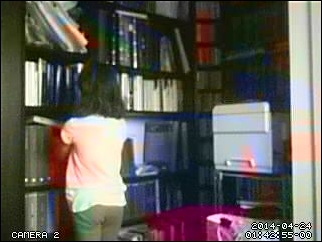Rodolfo Giometti is an engineer, IT specialist, GNU/Linux expert and software libre evangelist. He is the author of the books BeagleBone Essentials, BeagleBone Home Automation Blueprints and GNU/Linux Rapid Embedded Programming by Packt Publishing and maintainer of the LinuxPPS projects. He still actively contributes to the Linux source code with several patches and new device drivers for industrial applications devices. During his 20+ years of experience, he has worked on the x86, ARM, MIPS, and PowerPC-based platforms. Now, he is the co-chief at HCE Engineering S.r.l., where he designs new hardware and software systems for the quick prototyping in industry environment, control automation, and remote monitoring.
Read more about Rodolfo Giometti




